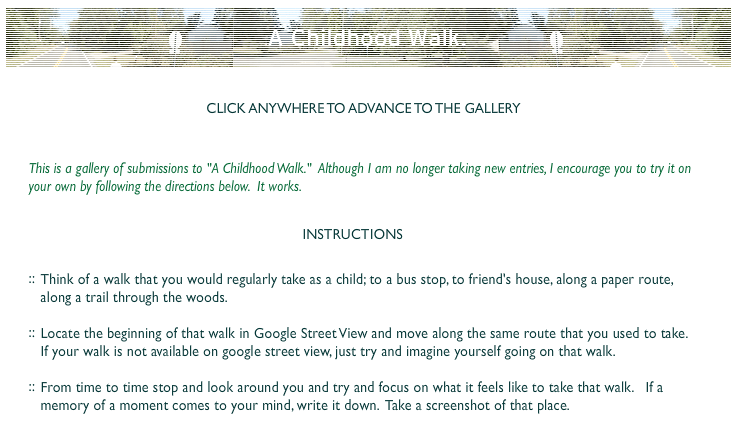This morning, I’m checking out an amazing interactive site about the history of documentaries and technology. The first section is about Immersion. I wanted to make note of this passage:
The word ‘medium’ has many meanings in English, most going back to classical Latin. But by an odd chance, two ‘new’ meanings first appeared around 1851: medium as a channel for mass communications (‘the photographic medium’) and medium as an intermediary between the living and the dead (‘the medium organized a séance’). One transmits information from point ‘a’ to point ‘b’, and the other ‘makes present’ that which is impossibly distant. The immersive urge that has accompanied our media from the very start seems to embrace both definitions, to tell us about another place and to make that place as present as possible.
I’m struck by the line, “as present as possible.” A key part of my project is to craft a space that replicates the feeling of being at the farm. As much as I want people to “feel” like they’re farm, I know that that farm feeling is only always a replication, an approximation. Is there a way to make that acknowledgment visible in the project?
I’m also struck by the line, “make present that which is impossibly distant.” The farm is impossibly distant. Now that it has been sold and I can’t visit it every summer, it is forever “there,” when it used to be “here.” The only way I can repeatedly access it is through old photographs, stories/interviews and video footage from the early 2000s.
Wow. I want to think about this passage some more and find ways to incorporate it into my project.
